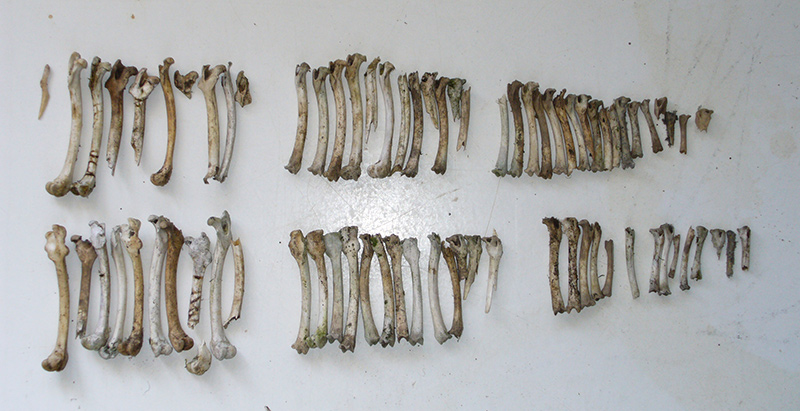
In September 2015 the paper Evaluating the influence of diet-related variables on breeding performance and home range behaviour of a top predator (Rui Lourenço et al.) was published (online early) in Population Ecology. The study is part of our researcher post-Doc project and explores the complex relationships between diet, breeding performance and home range behaviour of a top predator (eagle owl). Its goal was to test the effect of the main prey (rabbit) average size and alternative prey in the reproductive performance and home range behaviour, under conditions of high abundance of profitable prey where diet composition is spatially homogeneous. The breeding success seemed to be favoured by a diet based on rabbits (i.e. less diverse and a greater biomass percentage of the main prey) and negatively influenced by a higher consumption of rats. Although habitat variables (edge density) and individual characteristics (age, sex) mainly influenced home range behaviour, the biomass of alternative prey, diet diversity and rabbit biomass also contributed to explain these variations. The results suggest that when rabbits are less available eagle owls may increase home range size in order to obtain alternative prey, increasing at the same time their dietary diversity.
